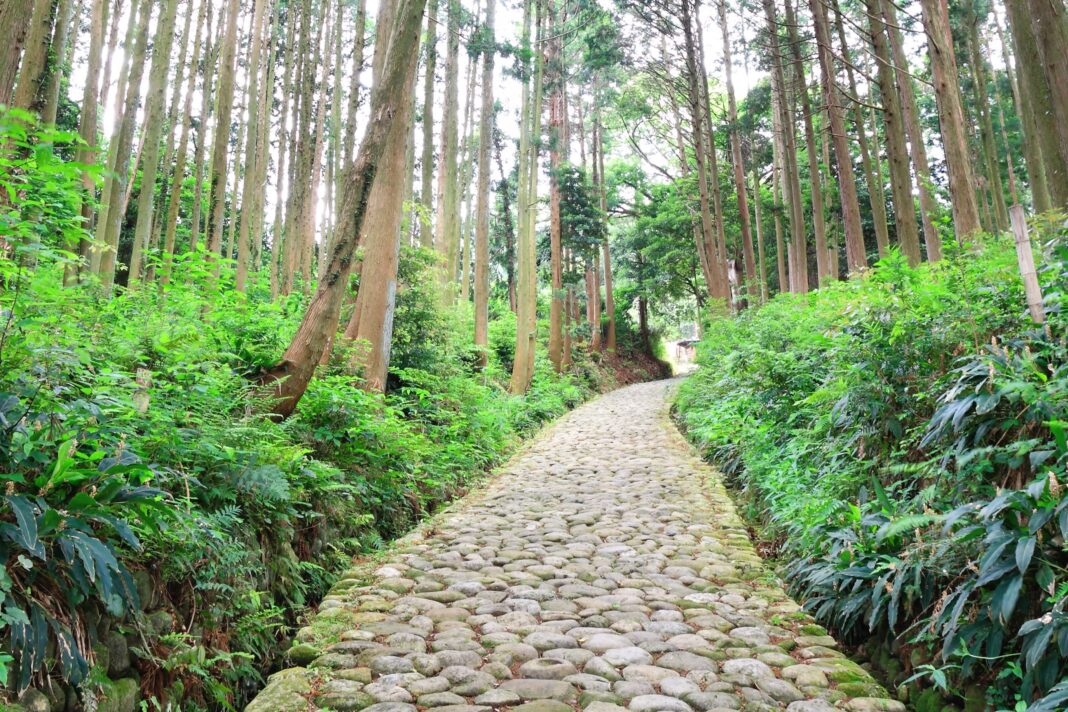SHIMADA JUKU AND KANAYA JUKU
Highlights of the area: OI RIVER, SHIMADA CITY MUSEUM, KAWAGOSHI RUINS, GREEN TEA MUSEUM, RETRO TRAINS
Table of Contents
INTRODUCTION
The Old Tokaido Highway became firmly established in the early 17th century as the main thoroughfare for travelers between the new capital of Edo (Tokyo) and Kyoto.
The 23rd and 24th Post Town on the Old Tokaido Highway were Shimada and Kanaya Juku, located on the side banks of the sometimes treacherous Oi River and followed by the challenging Nissaka Pass section of the journey.
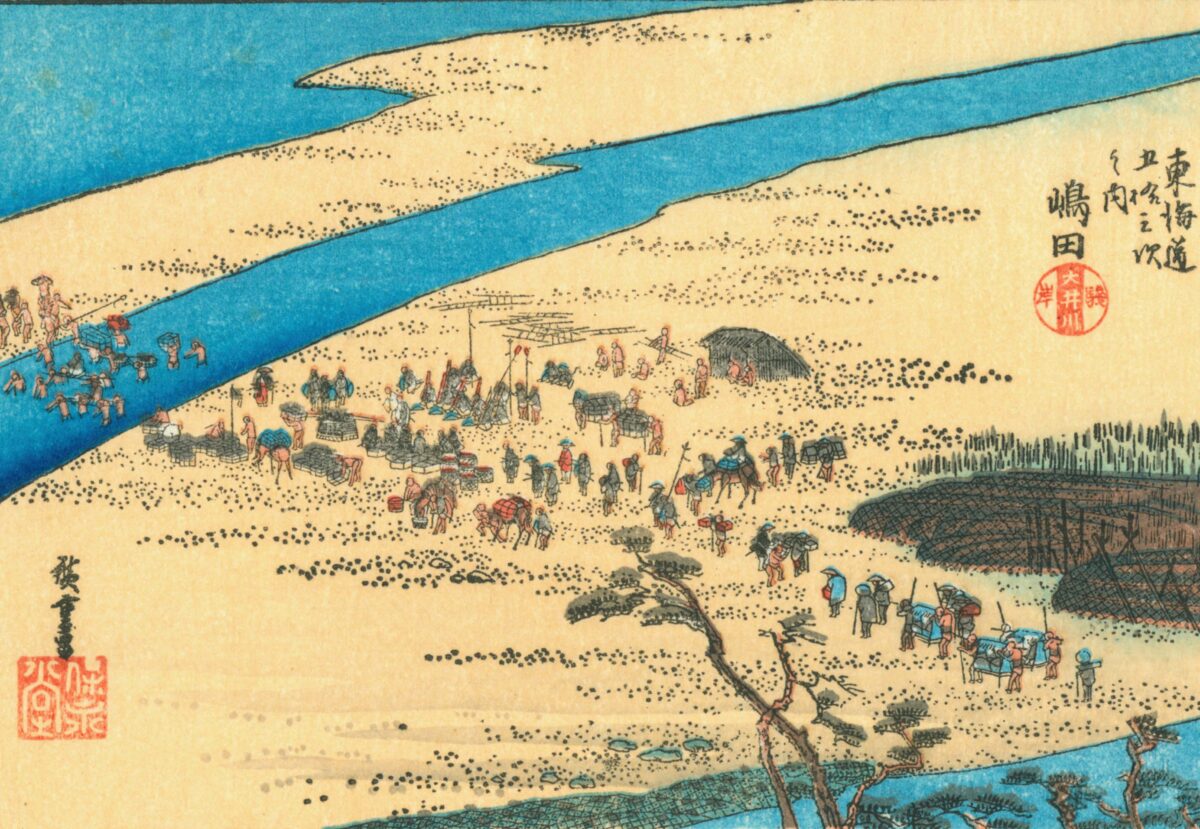
The Tokugawa Shogunate had forbidden a bridge being built across the Oi River and, as seen in Hiroshige’s classic woodblock print, travelers on the Tokaido Road had to pay to hire porters and get carried through the river.
The Oi River was is said to be one of the hardest sections to pass on the Tokaido Highway along with Hakone Hachiri, and travelers often got stuck there for days waiting for safe crossing of the river.
These two post towns, therefore prospered with over 1,000 buildings including three honjin (high-class lodging facility) and about 50 hatago accommodations each.
From Kanaya Juku, the hike to Nissaka Juku is a great day hike for visitors who like to be active and enjoy a challenging walk – the trail from Kanaya to Nissaka Juku over the Nissaka Pass was also one of the most difficult parts of the original Tokaido Highway.
SUGGESTED ITINERARY
The following itinerary focuses on the area between Shimada and Kanaya Juku and is for those who still want to experience the Tokaido Highway without as many hills.
Use this MAP as a guide for your journey from Shimada Juku to Kanaya Juku.
MORNING – MIGHTY OI RIVER AND KAWAGOSHI CULTURE
At Shimada Station North Exit you can rent a bicycle for the day at the bicycle parking area – this is a great option to help you get around.
This area north of Shimada Station is a nice place to find a coffee or green tea – head up to Obi-Dori Street and see where the famous Obi Festival is held every 3 years.
From there cycle down to the historical Horai Bridge, world’s longest wooden pedestrian bridge, and over the Oi River to the green tea fields on the other side – on a clear day there should be a view of Mt. Fuji.


Cycle back over Horai Bridge and head toward the Kawagoshi Ruins and old Shimada town area. Explore the remnants of the Old Tokaido Road – in late March the cherry blossoms in this area are highly recommended.
Make sure to visit Shimada City Museum that showcases the fascinating history of Oi River and its Kawagoshi (river-crossing) culture and try the soba at Sobagen.
AFTERNOON – COBBLE STONE PATH AND GREEN TEA
After lunch, head back to Shimada Station and take the train to Kanaya Station and take some time to walk up and check out the remaining Tokaido Road leading to Nissaka Juku. Take a break with green tea sweets at Ishidatami-chaya EN that stands by the restored cobble stone path.
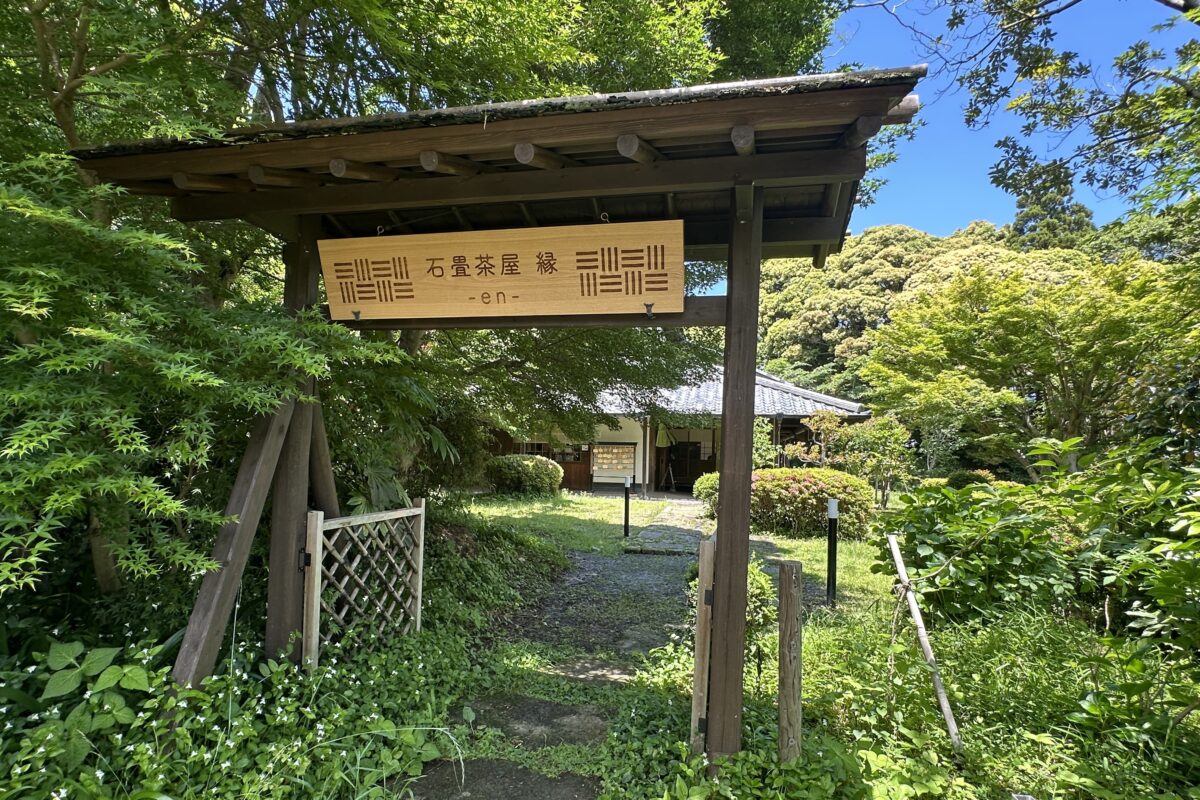
If you have a spare time, travel further to Tea Museum, Shizuoka to learn all about tea. Here, you can also try a traditional tea ceremony.
Alternatively, take a short train ride to Shin-Kanaya Station to check out steam trains and Thomas the Tank Engine trains.
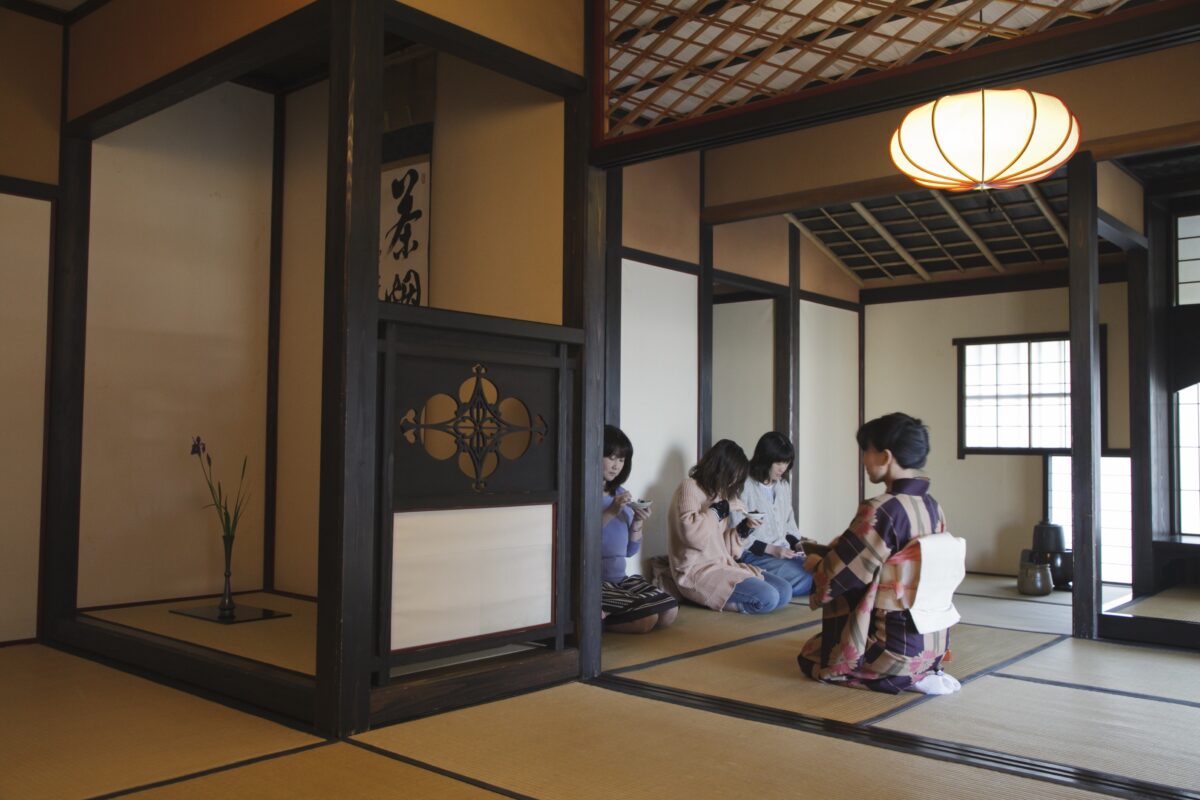
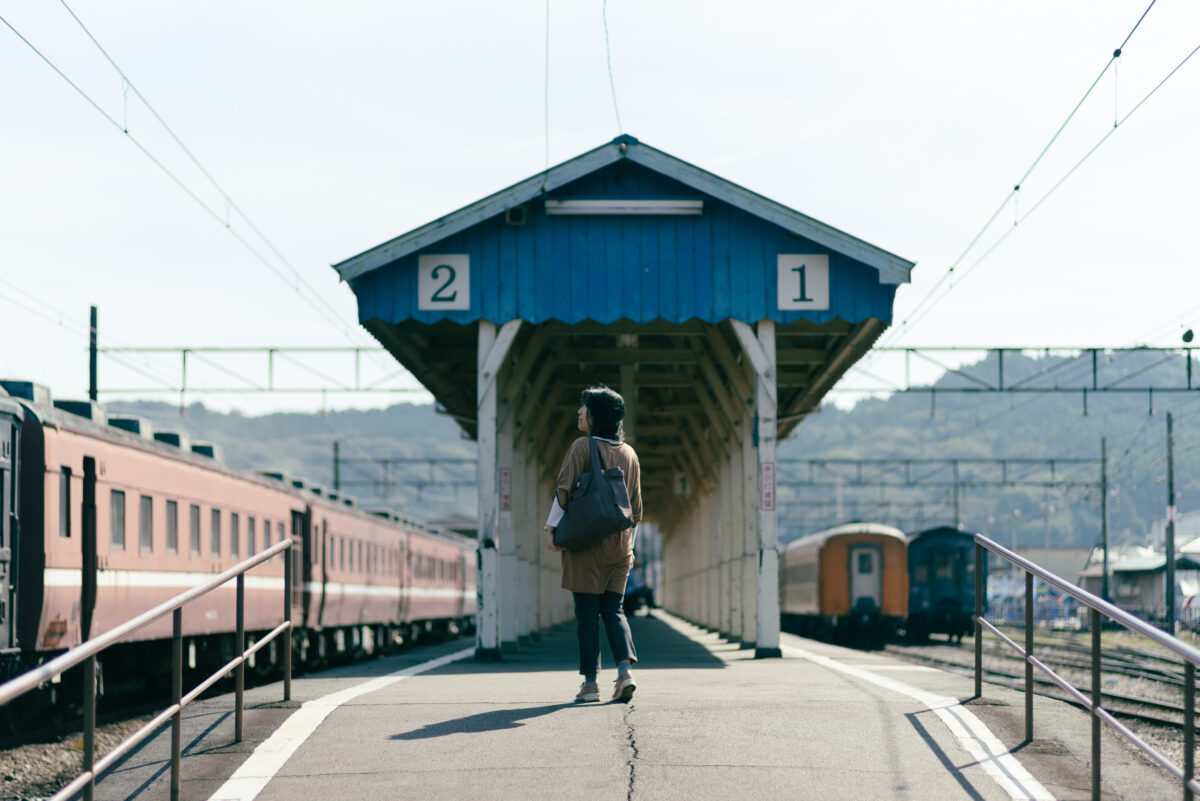
MORE INFORMATION
Shimada City Official Tourism Website
Map of Shimada and Kanaya Juku and Tokaido related attractions in English
